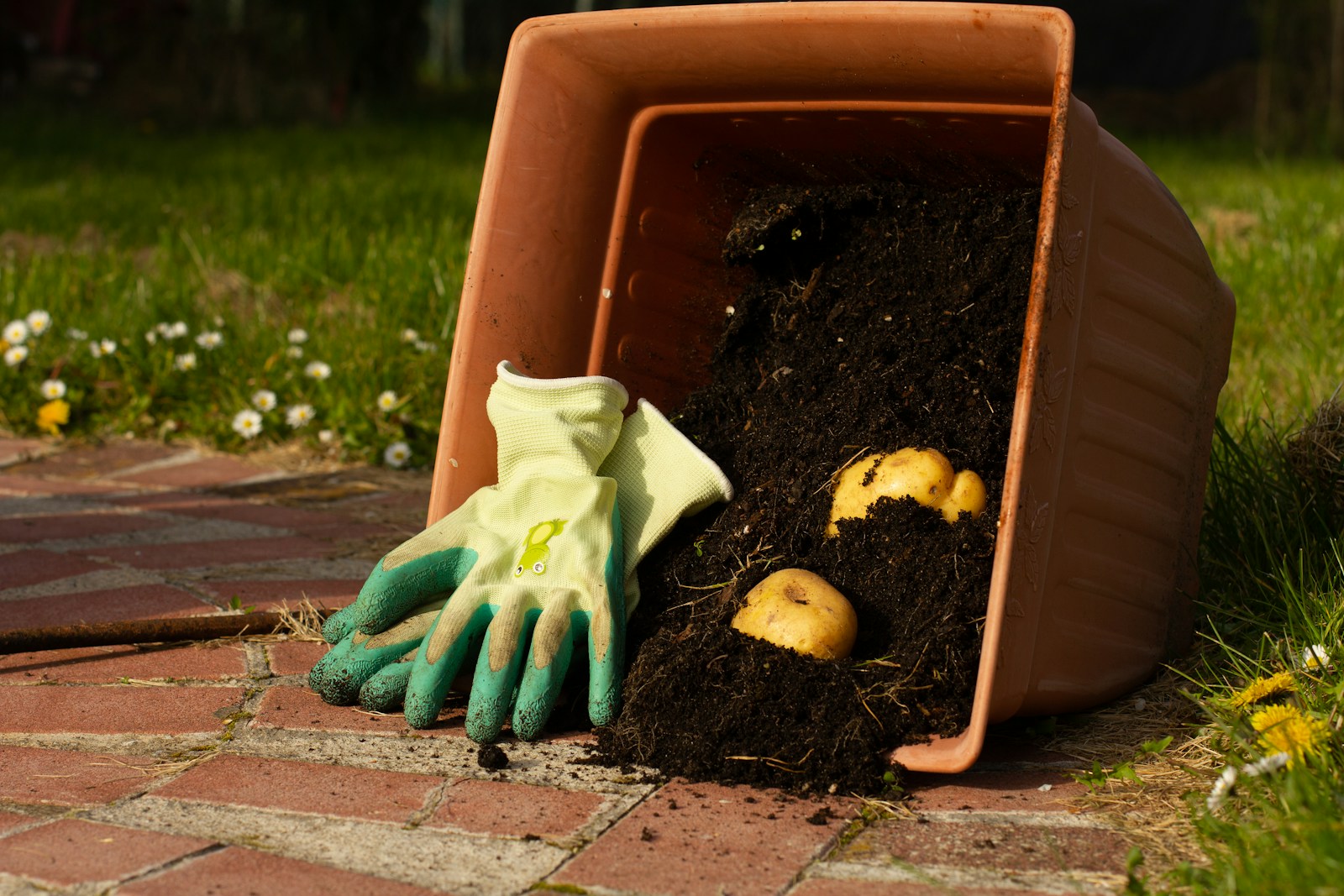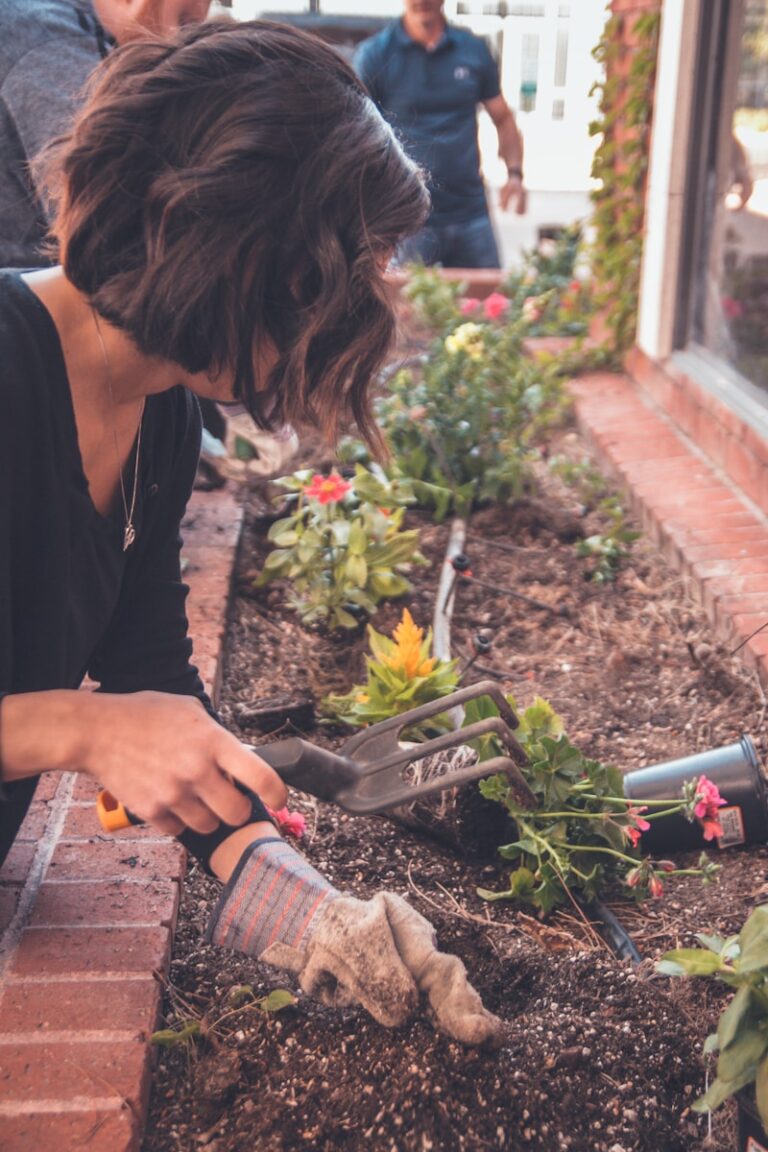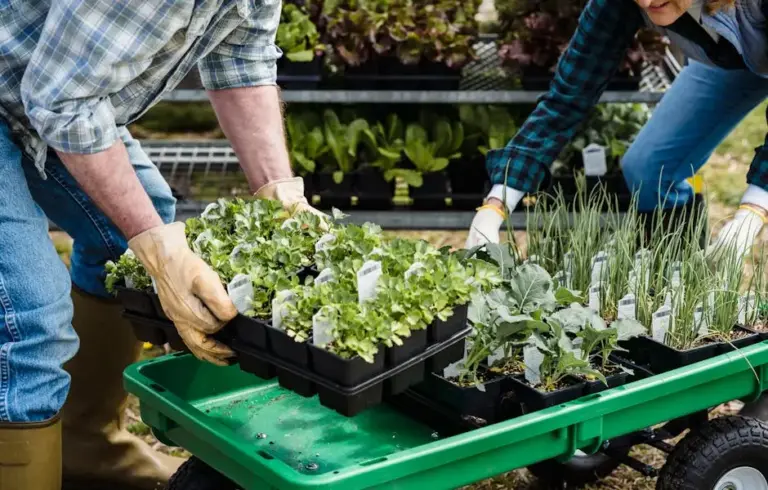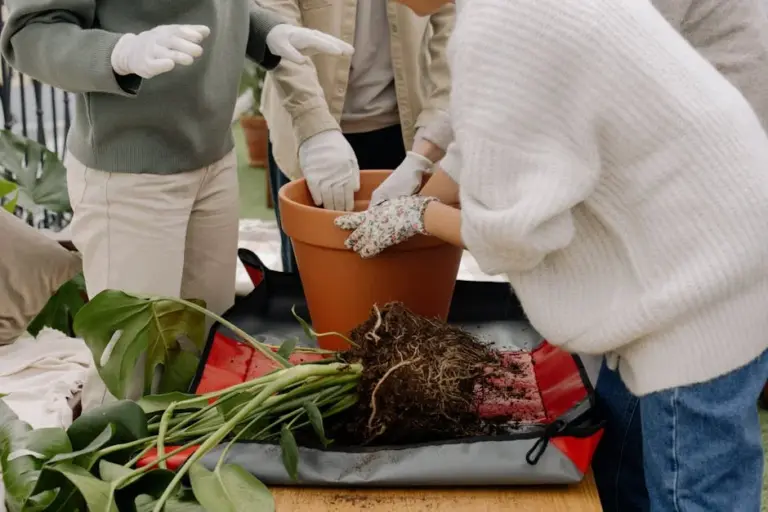9 Common Fertilizer Mistakes and How to Fix Them for a Healthier Garden
If you’ve ever wondered why your garden isn’t as lush as you hoped, fertilizer mistakes could be the culprit. Fertilizer can be a game-changer, but only if you use it the right way.
Many people don’t realize that when and how you apply fertilizer can be just as important as what kind you use. It’s easy to overlook a few simple steps that make all the difference.
Over-fertilizing causing leaf burn

Adding too much fertilizer can lead to leaf burn. The excess fertilizer causes salt to build up in the soil, which pulls water away from the plant’s roots.
This makes the leaves dry out and turn brown around the edges. You might notice yellowing leaves or brown spots appearing soon after over-fertilizing.
To help your plants recover, water them deeply to wash away the extra fertilizer salts. Hold off on fertilizing again until the soil feels normal.
Always use the amount recommended on the fertilizer package next time. This helps your plants stay healthy and green.
Applying fertilizer at the wrong time of day or season
Fertilizing during the hottest part of the day can do more harm than good. Early morning or late afternoon is usually best since the cooler temperatures help the fertilizer soak into the soil.
Applying fertilizer in the wrong season can also waste your efforts. Cool-season grasses benefit from fertilizer in early spring or fall, while warm-season grasses need it in late spring and summer.
If you fertilize during dormancy or extreme heat, your plants might not use the nutrients. This can cause runoff or stress your plants.
Knowing the right season and time of day to fertilize helps your garden make the most of the nutrients.
Using the wrong type of fertilizer for your plants
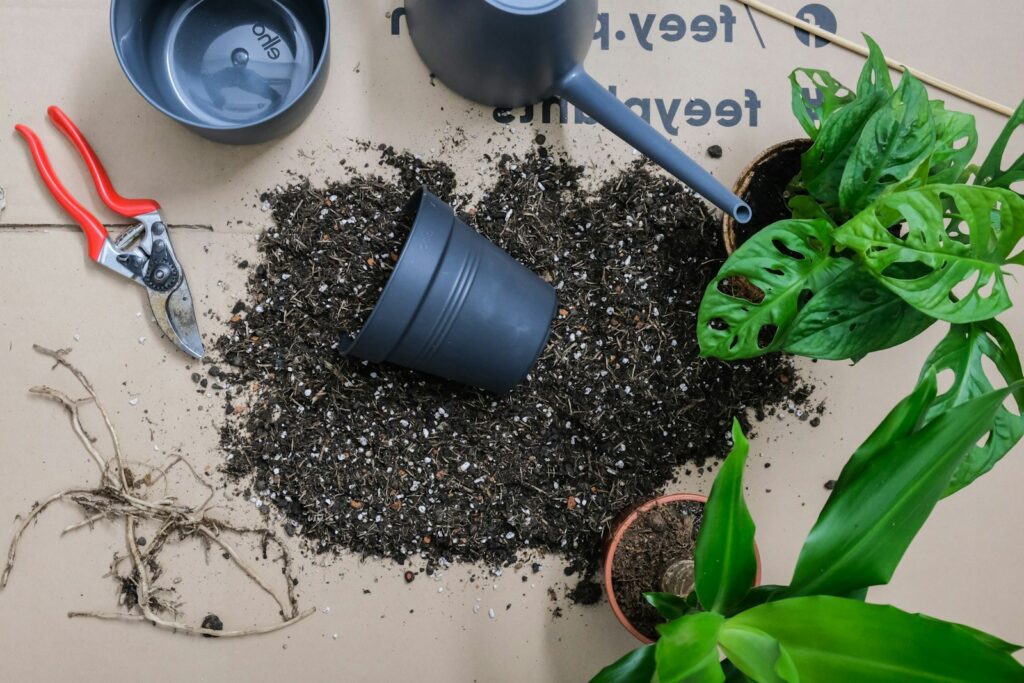
Not all fertilizers are created equal. Different plants need different nutrients like nitrogen, phosphorus, and potassium.
Some fertilizers release nutrients quickly, while others work slowly over time. Synthetic fertilizers provide a fast boost but can burn your plants if you use too much.
Organic fertilizers improve the soil and feed your plants gently but take longer to work. Always check what your plants need before you fertilize.
If you aren’t sure, a simple soil test can tell you which nutrients your soil lacks. This helps you pick the best fertilizer and avoid wasting money or damaging your plants.
Skipping soil testing before fertilizing
Testing your soil before adding fertilizer is a step many people skip. It tells you what nutrients your soil already has and what it needs.
Without this, you might end up adding too much or too little fertilizer. Skipping soil testing can waste money and harm your plants by causing nutrient buildup.
Soil changes over time because of weather, crops, and other factors. Even if you tested last year, it’s smart to test again before fertilizing.
Testing is simple and usually not expensive. You just collect a small soil sample and send it to a lab or use a home testing kit.
Uneven spreading leading to patchy growth

If you spread fertilizer unevenly, your lawn can end up looking patchy. Some areas may be very green and thick, while others stay thin and weak.
Too much fertilizer in one spot can make grass dark green but also more likely to get pests or disease. Areas with too little fertilizer will grow slowly or might even die off.
Use a fertilizer spreader instead of spreading by hand. Calibrate your spreader to apply the right amount evenly across your whole lawn.
This simple step helps avoid stripes and bare spots. Taking your time and measuring correctly can save you from patchy growth.
Not watering plants after applying fertilizer
After you fertilize, watering your plants is a must. If you skip this step, the fertilizer can sit on the surface and not dissolve properly.
This means your plants won’t get the nutrients they need. Water helps the fertilizer soak into the soil so roots can absorb it.
Without water, the fertilizer might even burn your plants’ leaves or roots. Make sure to water gently after fertilizing.
You don’t need to flood the soil, just moisten it well. If you use slow-release fertilizer, watering activates the nutrients so they release evenly over time.
Ignoring the importance of organic matter
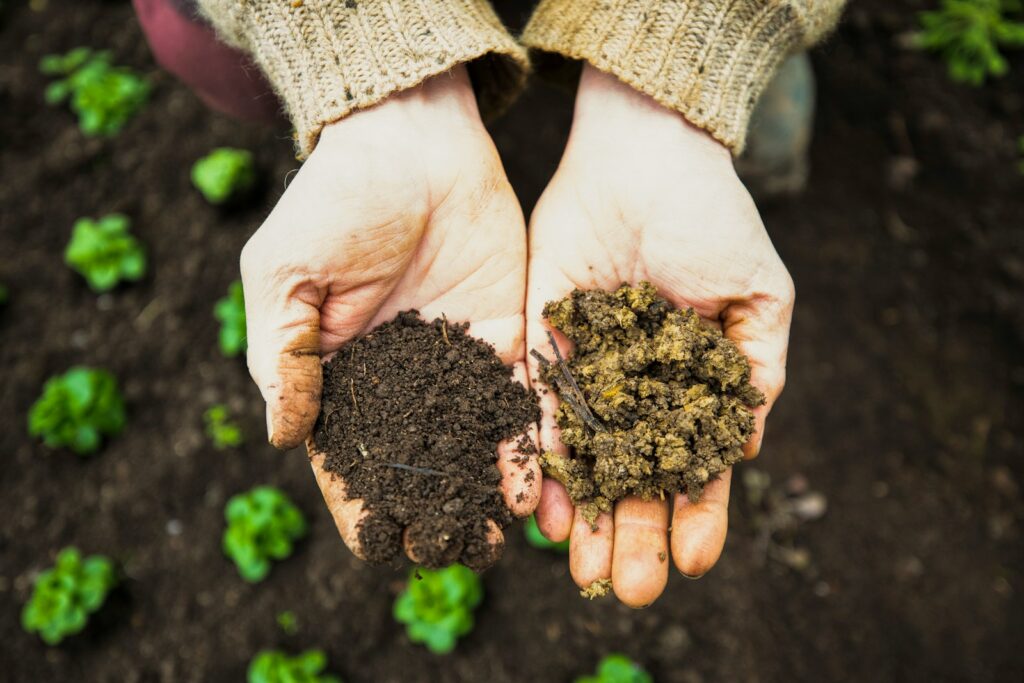
Fertilizer isn’t the only thing your soil health needs. Organic matter plays a big role too.
It improves the soil’s texture, helps it hold water, and provides food for beneficial microbes. Without enough organic matter, your plants may not get the full benefit of the nutrients you add.
When you skip adding organic matter, your soil can become hard and dry. Compost, mulch, or decomposed leaves are great ways to add organic matter.
They slowly release nutrients and improve soil health over time. Organic matter also helps balance the effects of fertilizer.
It prevents nutrients from washing away and keeps them available for your plants longer.
Overlooking micronutrient needs
Micronutrients like iron, zinc, and manganese might seem small, but your plants need them to stay healthy. If you ignore these, your plants might look sick even if you’ve given them enough regular fertilizer.
You might only focus on nitrogen, phosphorus, and potassium. Missing out on micronutrients can cause yellow leaves, poor growth, or weak roots.
Testing your soil can show if these nutrients are low. If you find your soil is weak in certain micronutrients, use a fertilizer designed to add them.
There are special mixes that include what your garden needs. Applying these carefully will help your plants grow strong and avoid problems.
Always follow directions and don’t guess. Paying attention to these small but vital nutrients will make a big difference in your garden’s health.
Fertilizing during plant dormancy
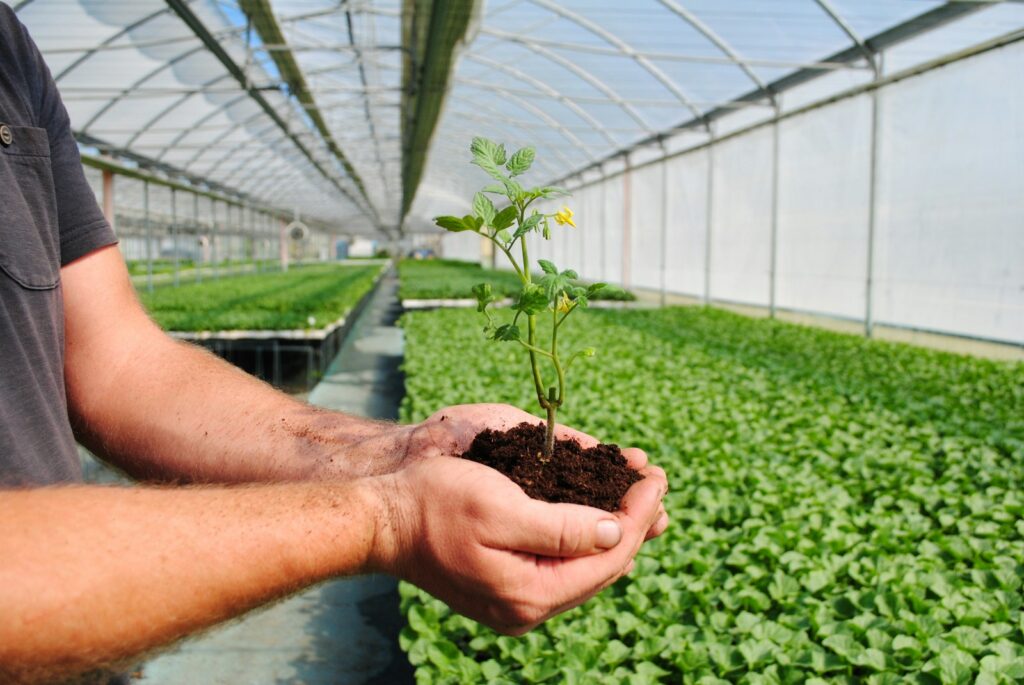
It’s tempting to fertilize whenever you remember, but timing matters. You should avoid fertilizing your plants when they are dormant.
During this time, plants slow down their growth and don’t use nutrients well. Adding fertilizer now can cause nutrient buildup in the soil, which might harm your plants.
If you fertilize while plants are resting, it can lead to leaf burn or other damage. It’s best to wait until the growing season when your plants start to grow and need more food.
For indoor plants, you might fertilize every few weeks during active growth, but stop during dormancy. Knowing when your plants are growing or resting will help you choose the right time to fertilize.
Understanding Fertilizer Basics
Fertilizers come in all shapes and sizes, and each one works differently. Knowing what each type does can help you make smarter choices for your garden or lawn.
Types of Fertilizer and Their Functions

There are two main types: organic and synthetic. Organic fertilizers come from natural sources like compost, manure, or bone meal.
They release nutrients slowly and improve soil health over time. Synthetic fertilizers are made chemically and provide nutrients quickly.
They are easy to use but can harm soil if overused. You can find fertilizers made for lawns, vegetables, or flowers, each with different nutrient mixes.
Fertilizers may be granular (solid bits you spread on soil) or liquid (which you mix with water). Granular types feed plants longer.
Liquid fertilizers give a faster nutrient boost but need more frequent application.
The Role of Nutrients in Plant Health
Plants mainly need three big nutrients: nitrogen (N), phosphorus (P), and potassium (K). Each one plays a unique role.
Nitrogen helps leaves grow green and strong.
Phosphorus supports root growth and flower or fruit production.
Potassium helps plants resist diseases and stay healthy.
Besides these, plants need smaller amounts of micronutrients like iron, magnesium, and zinc. Lack of any nutrient can cause weak growth or yellowing leaves.
Fertilizers are labeled with numbers like “10-10-10.” These numbers show the percentage of nitrogen, phosphorus, and potassium.
Knowing these helps you pick the right one for your plants’ needs.
Tips for Correcting Fertilizer Errors
Mistakes happen, but you can fix them with a few simple changes. Adjusting how you apply fertilizer and caring for the soil afterward can help your plants bounce back.
Adjusting Application Methods
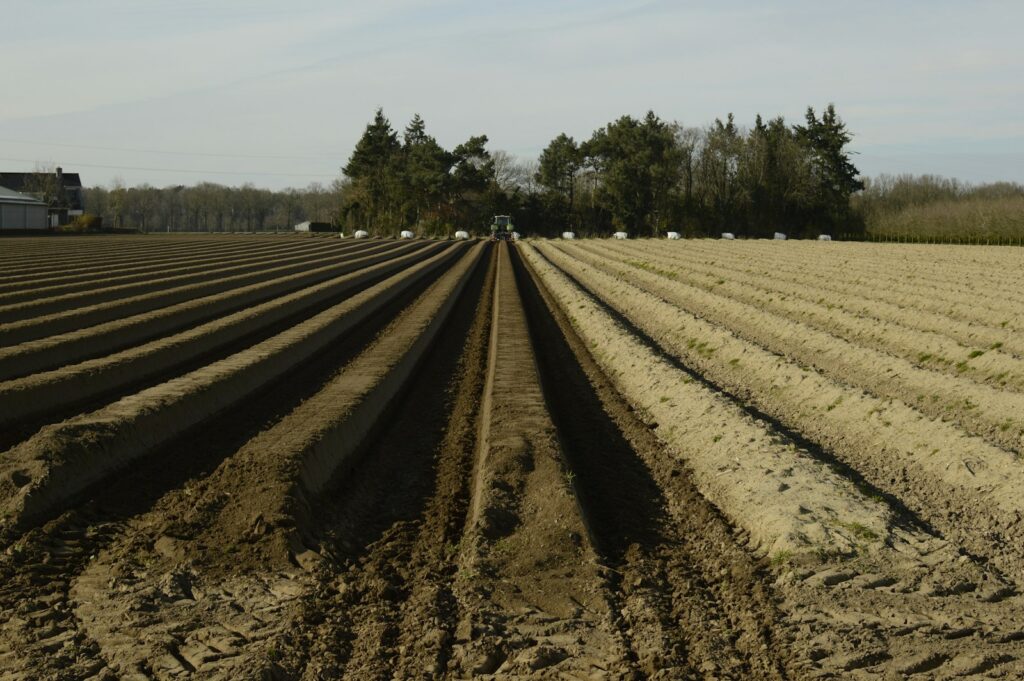
If you applied too much fertilizer or spread it unevenly, stop adding more until the soil recovers. Water your plants well to help wash extra fertilizer away from the roots.
This reduces the risk of fertilizer burn, which can harm leaves and roots. Next time, use a spreader for even application.
Measure the amount carefully based on the fertilizer’s instructions and your soil test results. Applying fertilizer in smaller doses more often is better than one big dose.
This helps avoid over-fertilizing and gives plants a steady supply of nutrients. Adjust application based on your plant types.
Some plants need more nutrients than others. Check labels for the right type and amount for your specific garden or lawn.
Balancing Soil pH After Over-Fertilizing
It’s easy to get carried away with fertilizer, but that can throw your soil’s pH out of balance. When the pH is off, plants struggle to soak up the nutrients they need.
Start by testing your soil’s pH to figure out where things stand. If you find your soil is too acidic, ground limestone can help raise the pH.
For soil that’s too alkaline, try adding sulfur or mixing in compost. These solutions take time to work, so be patient and test the soil again after a few weeks.
Skip the urge to add more fertilizer as a quick fix. Stick with natural amendments and check in regularly with small soil tests to keep your garden on track.

